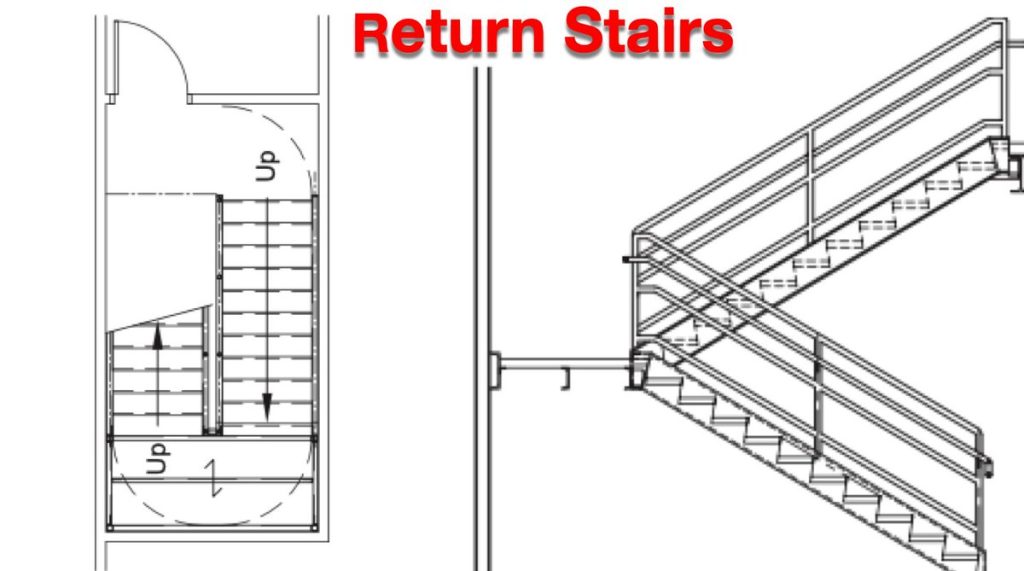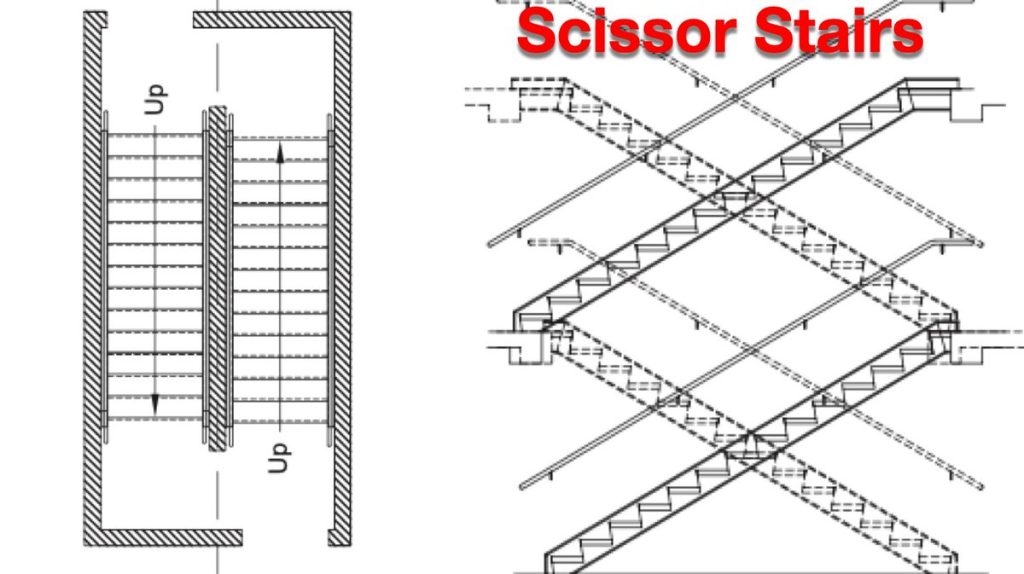High Rises are a complicated environment to operate in. once you have arrived on scene, you have not yet arrived on scene, because the incident is now above you. Highrises are often Type 1 buildings. a fire can be burning, and there are no outward signs of an incident.
On Arrival
Check the panel – scroll trough the alarms. Smoke, heat, and water flow detectors give you an indication of what you will find. if you see all three, there is a working fire.
Vertical Response time
Vertical response Time is a thing. We may arrive at the fire building, in 4 minutes, but we haven’t arrived at the fire. Elevators to two floors below the fire floor plus stairs to the fire floor mean we add 6min 20 seconds to the response time.
there are studies of the survivability of cardiac arrest in high rises. in some cases they become unsurviveable due to the additional access time.
If taking the stairs, assume 1 minute per floor in travel time. You can start off fast, but will slow as you climb higher.
Use of Elevators
When Using the Elevator, Place it into Phase 1 recall, Check shaft for smoke/water every 5 floor. If the Red helmet is flashing – No go, take the stairs. if its sold your good. Verify the Sneak and peak door function opens. When you stop on a Floor, press the door open button. when you let go, the door should close immediately if its not all the way open. If someone else needs to use the elevator to come up, take it out of phase 2, drop the keys on the floor, and send it to the lobby. Stop 2 floors below the fire floor. stopping here allows for a staging area to be setup, and your access to the fire floor will be identical in the case of scissor stairs.
Wind
Wind driven fires can burn hotter and spread throughout the fire floor. ensure other doors stay shut, so as not to create a flow path.
Search
Do not search a closed door on a primary. that door is protecting occupants. Your search priorities are Common areas, Hallways, Stairwells (especially above the fire Floor) and elevator lobbies.
Areas of Refuge
Wind driven fires can fill a hallway with high temperatures in a hurry, and effect units on the opposite side of the hallway. Units on the same side of the building become areas of refuge. units on the opposite side of the building can become a flow path, and must be avoided.
Before making entry to the fire unit, Make sure you have access to the adjoing unit, so you have a safe space if things go badly.
Flashover
Flashover can occur in 0.5 to 2 seconds. this is why we move 5′ into a space, thats how far you can crawl in 2 seconds to escape. It shoudl be noted that in testing, NIST was unable to make a room flashover when the carpet was saturated.
Resource Assignments
Assuming units arrive with crews of 4, the first unit will have a FF on Elevator control, and firefighter+ officeer will be the nozzle/door control crew. the Second arriving crew of 3 will perform search and backup duties on the fire floor. 3rd arrivng unit on the floor below will handle Medical/RIT/Smoke Control and assist with the stretch.
Stairwells
Stairwells will impact Operations.


